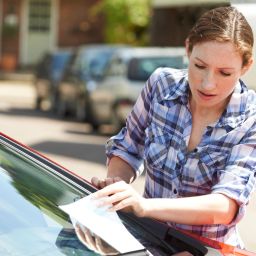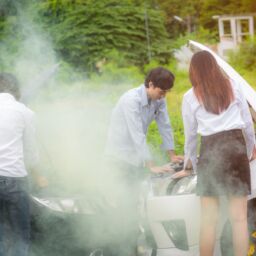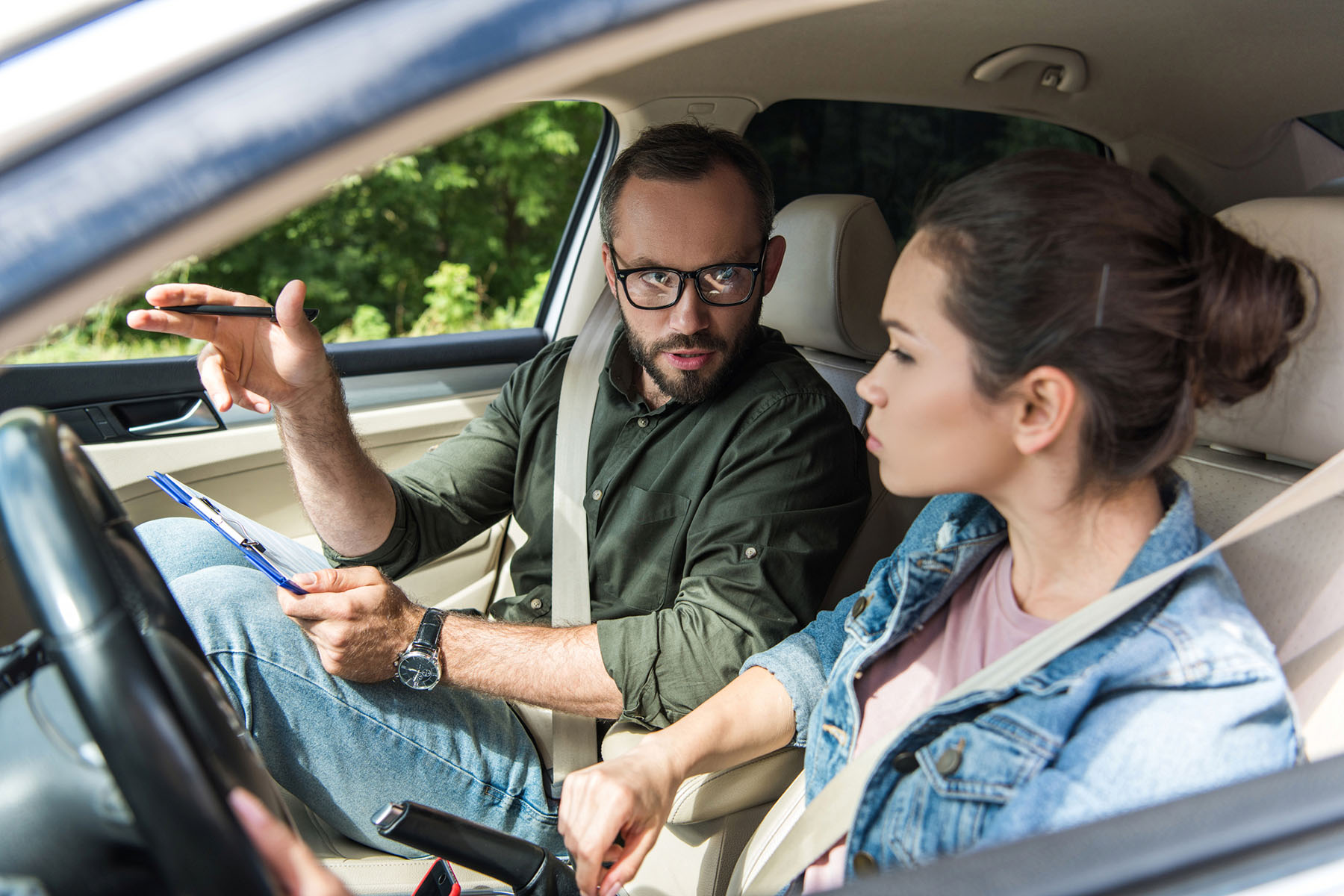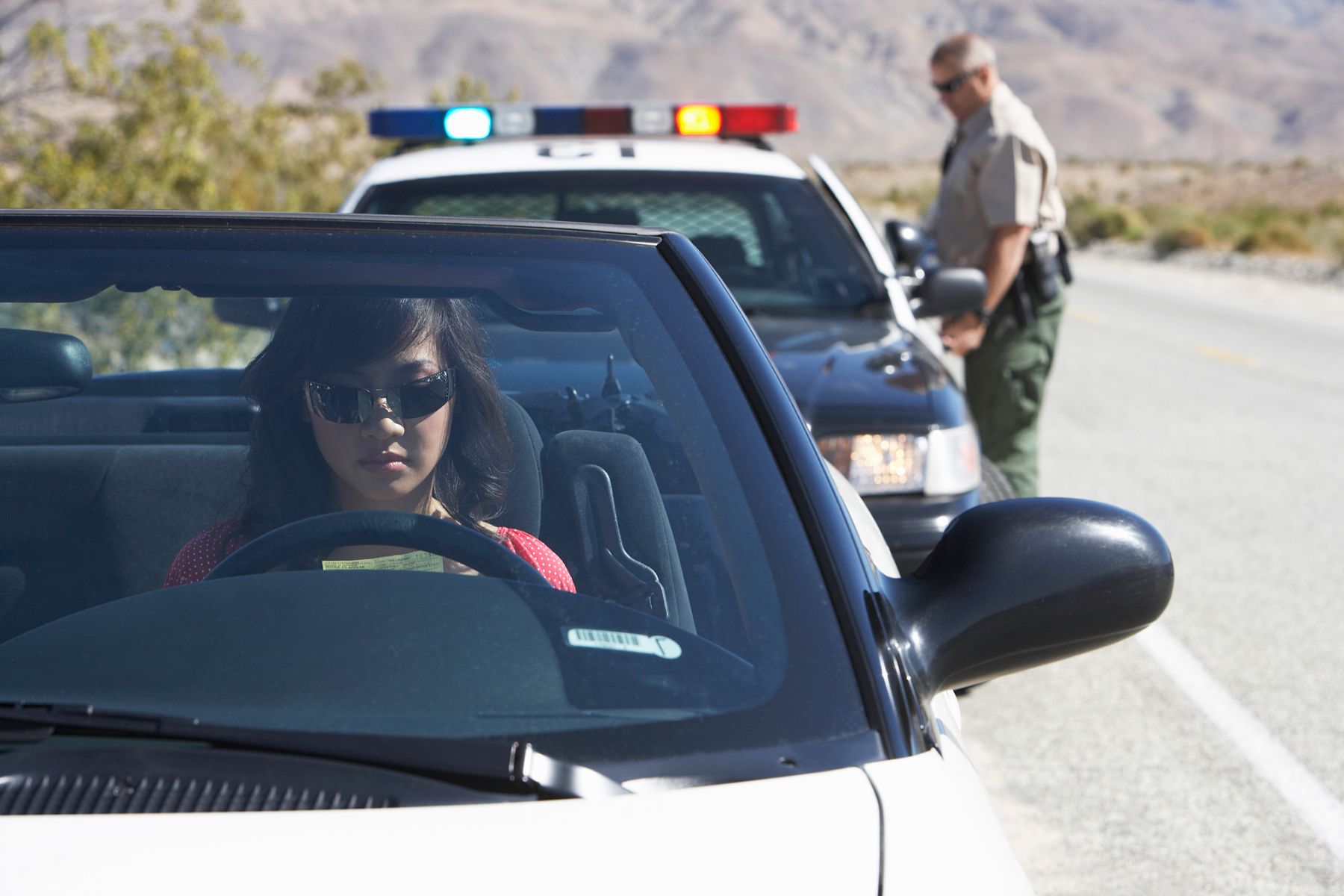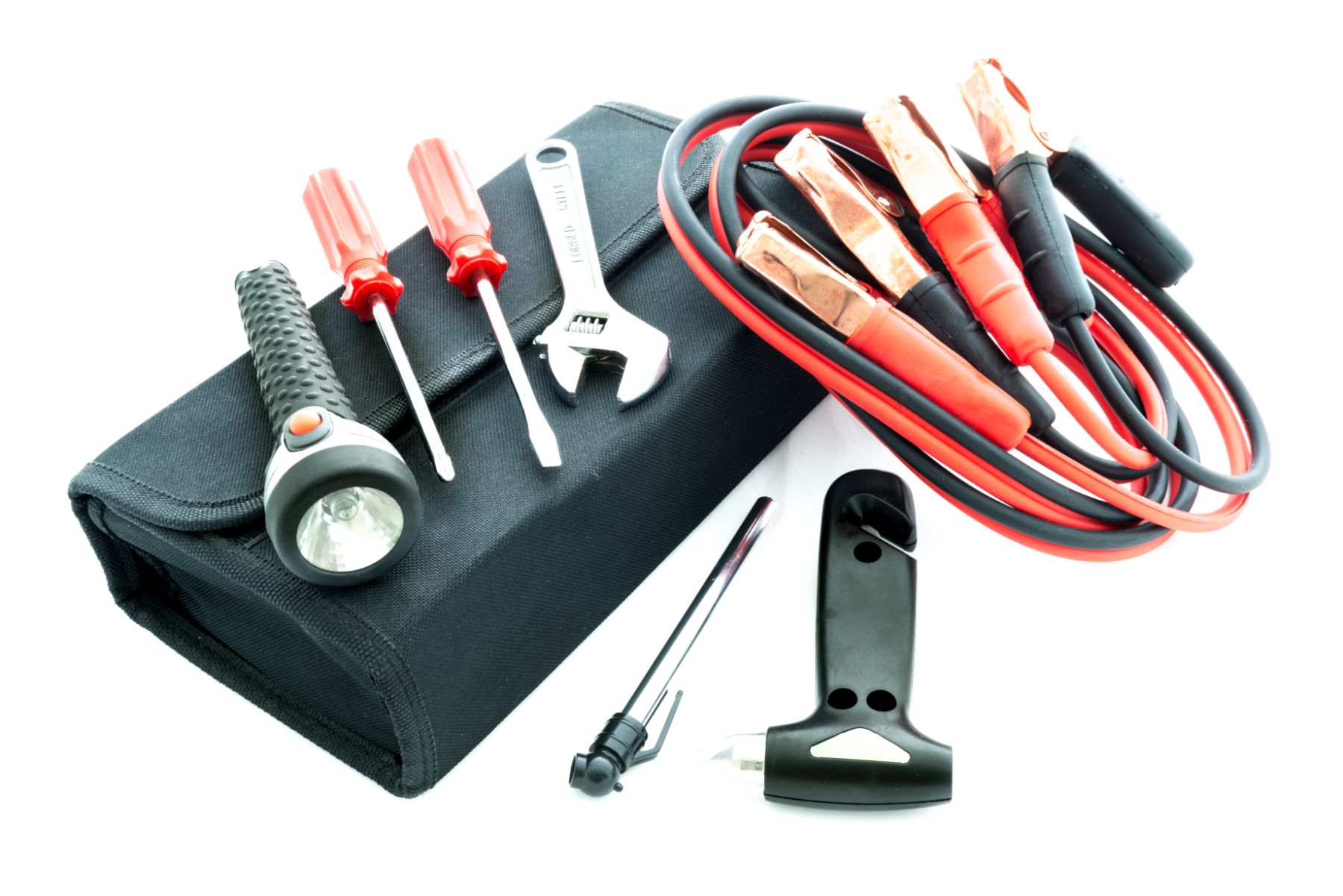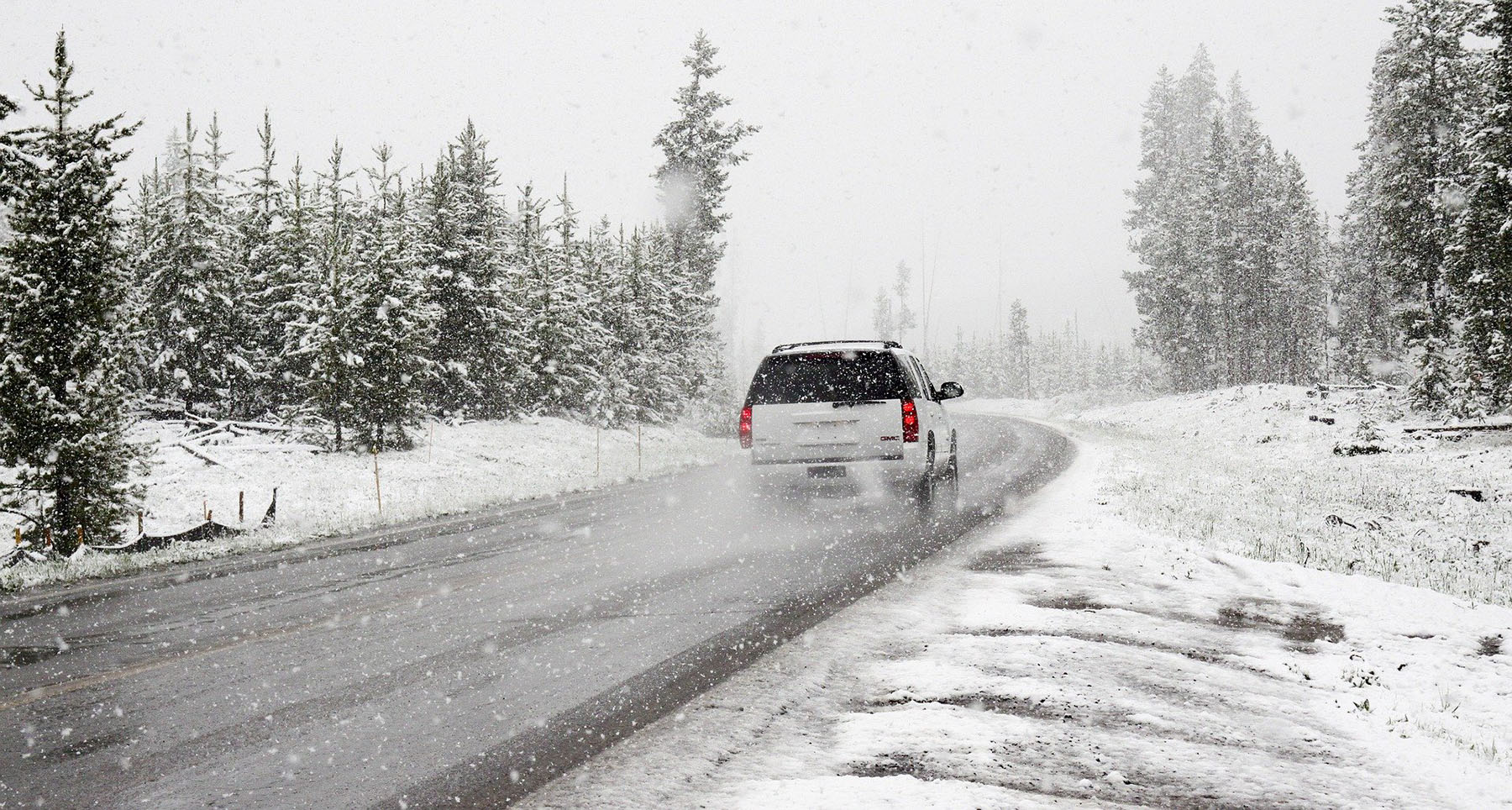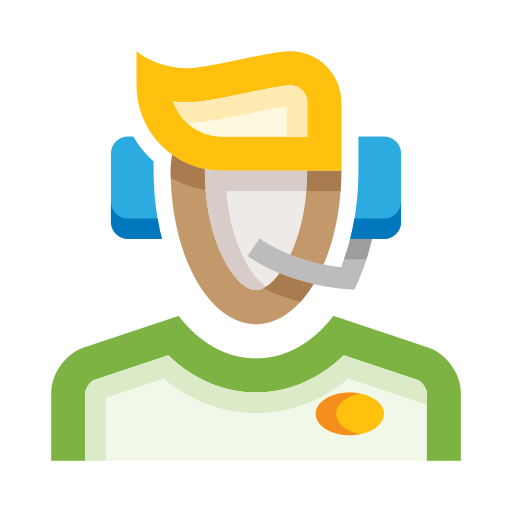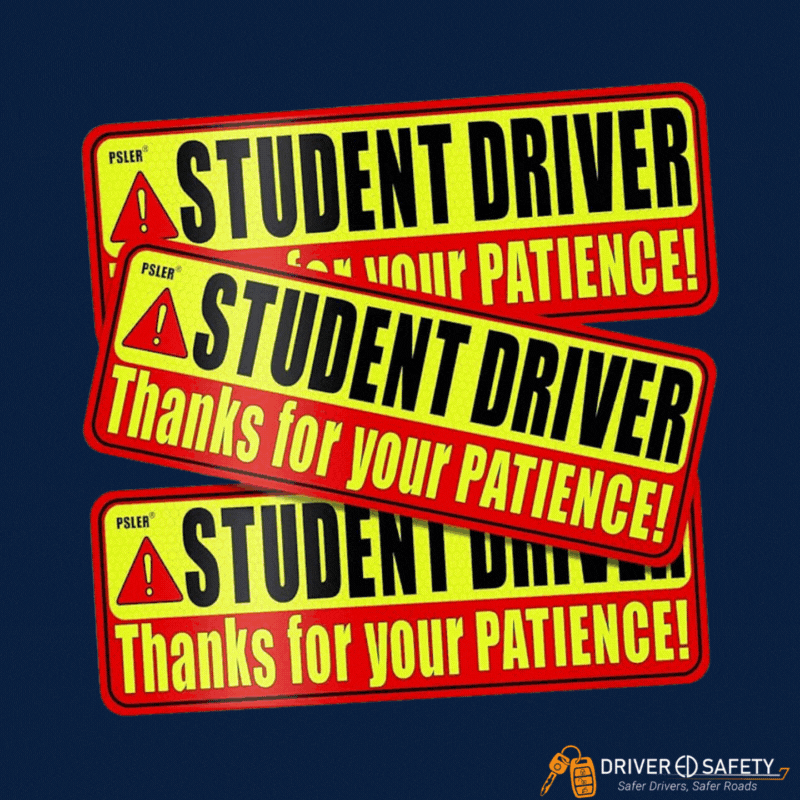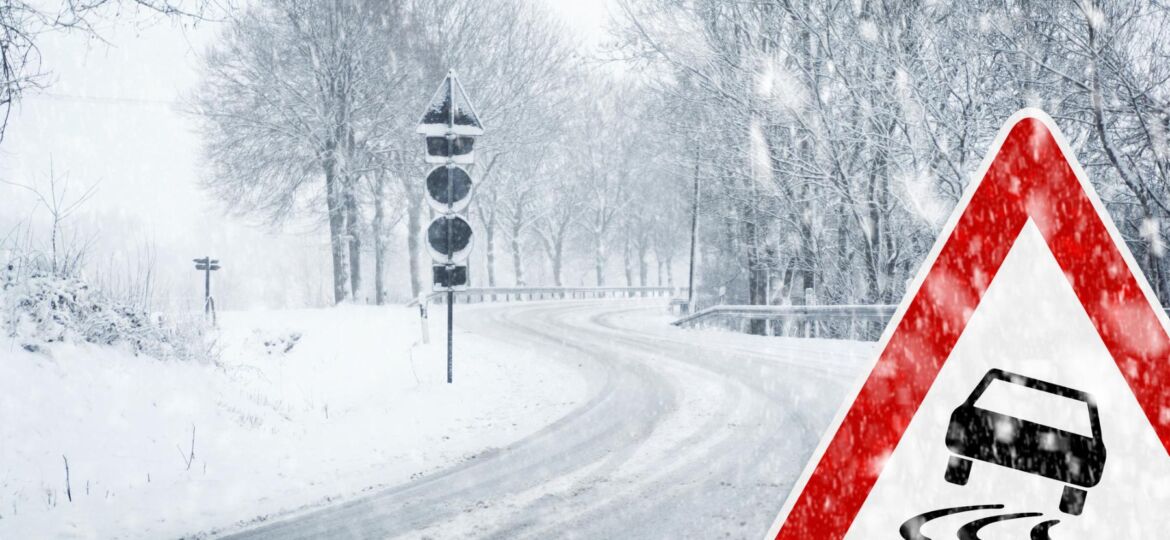
Snow, ice, and sleet, oh my! Even though the winter solstice isn’t until December 21, the winter season is already in full effect here in Indiana.
For us midwesterners, ice and snow can make for a lot of winter fun—whether you’re sledding, skiing, or ice skating. However, ice and snow don’t conveniently stay within the ice rinks or on ski slopes; it also finds its way onto the road, making travel feel pretty complicated. Throughout the winter months, it’s not uncommon to run into snowdrifts and blowing flakes, so it’s important to stay prepared for the seasonal weather.
Did you know that the Federal Highway Administration estimates that up to 24% of weather-related crashes occur in the snow and ice? About 120,000 people are injured each year on icy pavement.
Whether you’re experienced behind the wheel or brand new to driving, it’s always a good idea to get familiar with these tips for safe winter driving. Safety is always the first priority as a driver! Like our slogan says, safer drivers, safer roads.
Decide When to Drive
Our number-one tip for safe winter driving? Avoid getting on the road during harsh or risky conditions whenever possible. After all, not driving is always safer than getting behind the wheel under dangerous circumstances. Monitor the weather and your route before you get in the driver’s seat, and decide if the trip is really worth it.
Prep Your Vehicle In Advance
While you should always prioritize maintenance on your car to ensure it’s in good shape, it’s even more important to take care of your vehicle during the colder months.
Before taking off, scrape all the snow and ice off all of your windows and outside mirrors, and make sure your headlights and brake lights aren’t buried under snow as well. Turn on your defroster heat setting (for the front and rear windshields) to help melt the ice and, as a bonus, warm up your car’s interior.
Keep your gas tank at least half full. If your car gets stuck in a snow drift, you’ll need some gas in your tank to attempt to break free. Not to mention, if your gas tank is low and sits in colder temperatures when your car is parked, you risk many complications under the hood.
Other checklist items include replacing your windshield wipers and monitoring your tire treads and pressure.
Due to the unpredictable winter conditions, you’ll want to stock your trunk with some helpful items. This includes storing a de-icer product and a windshield scraper in your vehicle and keeping an emergency kit in your trunk.
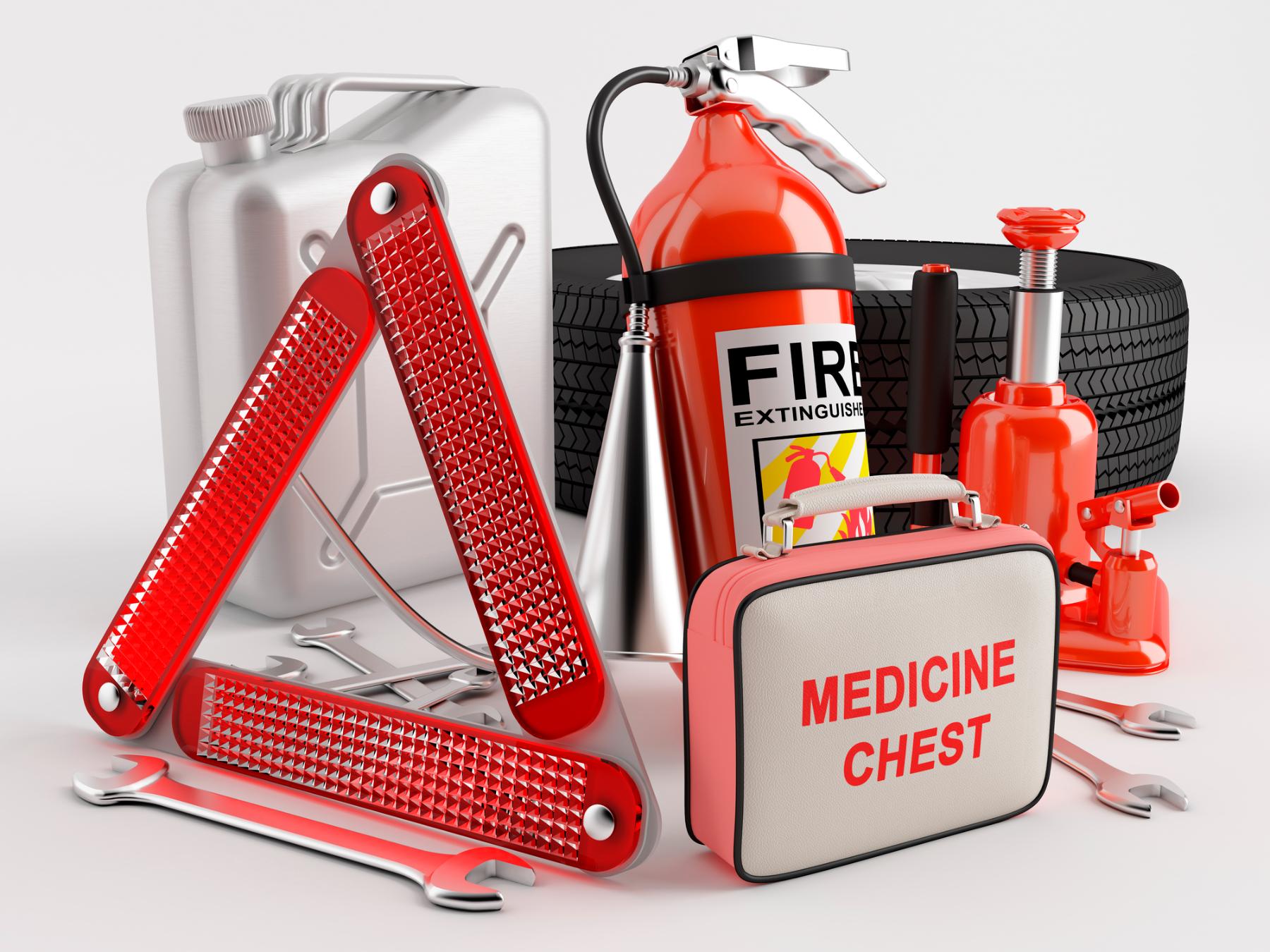
According to OSHA, having items like blankets, a flashlight, jumper cables, a small shovel, and sand or cat litter (to help tires get traction) on hand can make all the difference in an emergency. If you’re traveling long distances on rural roads, it’s also helpful to bring water bottles and non-perishable snacks—in preparation for potentially being stranded.
Be Prepared for All Kinds of Weather: Sleet, Snow, Hail, and Freezing Rain
In the winter months, the weather can change suddenly. A day that begins sunny and pleasant can swiftly shift to snow flurries, rain, or a mix of both.
When you find yourself in tricky weather conditions, be sure to accelerate and decelerate slowly, and don’t press on your gas or brake pedals too hard. Instead, tap them softly to avoid skidding or spinning your wheels.
You should also be extra wary of stopping distances and give yourself plenty of time to slow down and stop without sliding. If your car begins to slide on ice or hydroplanes, how you should handle it depends on the type of brake system your vehicle has. You can find this information in your owner’s manual.
If your car has an anti-lock brake system (ABS), you should let the car gradually come to a slower speed until traction is restored. Remember that ABS works most effectively when the tires are properly inflated and in good condition. Some cars may allow you to turn off traction control; however, we do not recommend doing this.
A quick way to check if your car has ABS is to look for the ABS light in the gauge cluster when you start your car—but keep in mind the light will turn off after a few seconds.
On the other hand, drivers without ABS will need to pump the brakes to keep the car as straight as possible. This can all happen very fast, but remember to stay calm and breathe through the situation.
Learn How to Drive During All Seasons with Driver Ed Safety
At CIESC Driver Ed Safety, we offer the tools to help you successfully learn how to drive. Are you interested in signing up with us? Contact us to learn more about our driver’s education programs.



